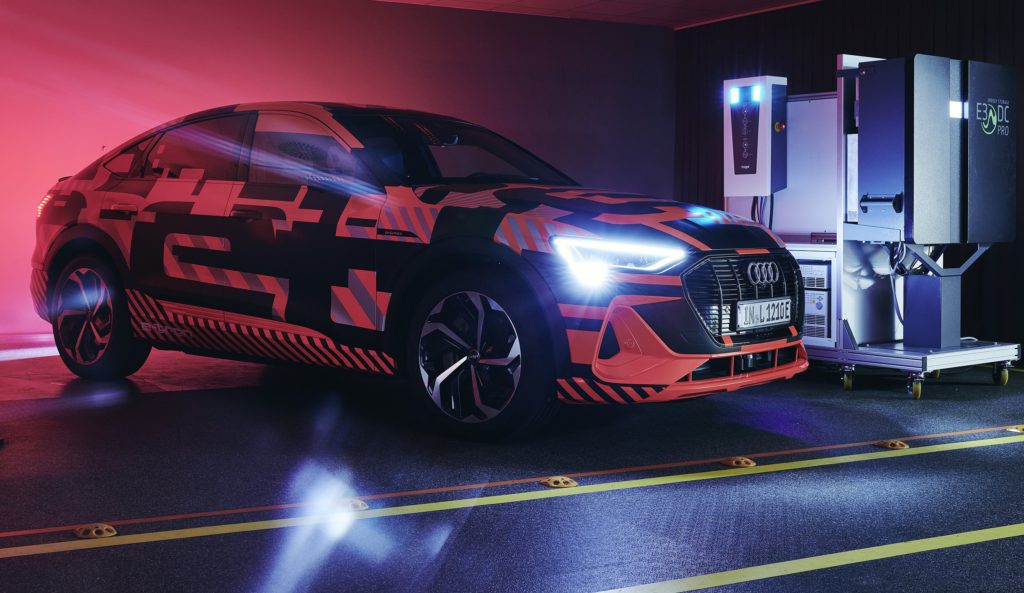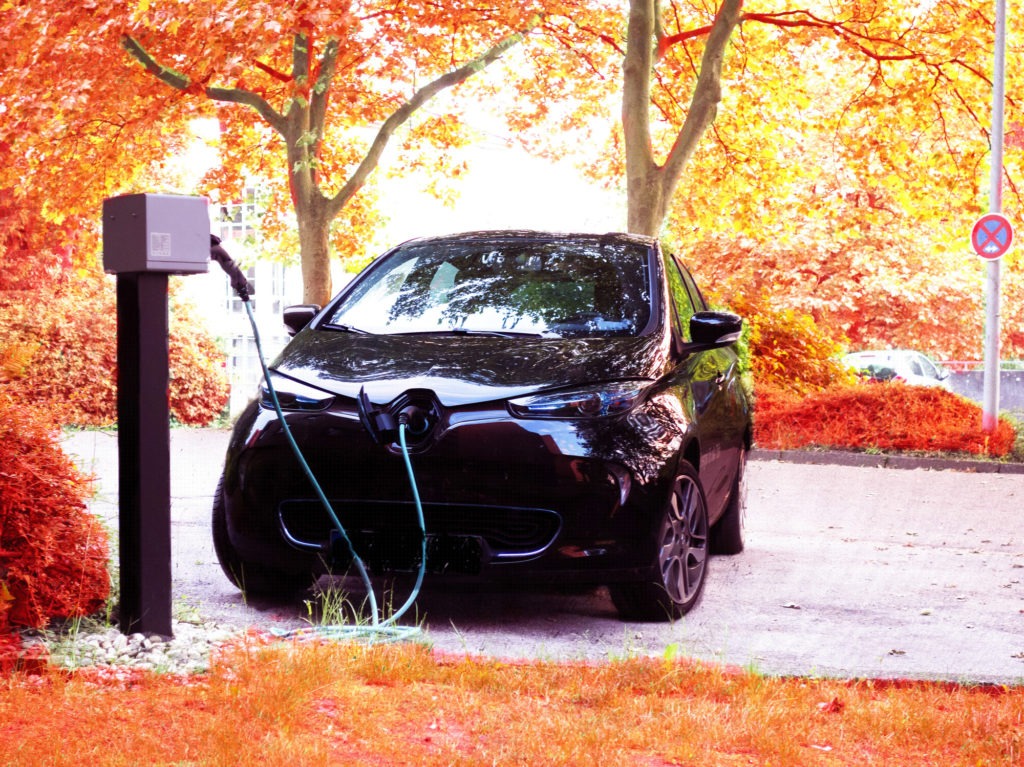BMW pilots bidirectional charging and considers quantum computing
19 July 2021

BMW Group has launched its Bidirectional Charging Management (BCM) pilot programme. The technology holds the potential to transform electrically-chargeable vehicles (EVs) from a simple consumer of energy to a mobile-storage solution.
The carmaker also recently kick-started its Quantum Computing Challenge (QCC). Open to researchers, start-ups and the wider computing community, the challenge encourages entrants to address automotive problems with advanced algorithms.
Carmakers are finally stepping forward into the 21st century. The days of relying on engineering prowess are over as the digital age reforms the automotive sector. Now companies like BMW are swapping out screwdrivers for software.
Bidirectional Charging Management
On 9 July, the carmaker handed over the first vehicles involved in its bidirectional charging pilot. Currently, only 20 BMW i3s are equipped with the new technology, but a further 30 are due to be delivered to business users soon.
Initial pilot customers will receive a package consisting of in-vehicle and backend technology, an intelligent wallbox, and a connection to the power grid. BMW asserts that the first noticeable effect will be the maximisation of any energy generated by a photovoltaic system, leading to a sizeable reduction in electricity costs.
The second phase will introduce vehicle-to-grid (V2G) functionality, allowing customers to engage in new business models for energy trading and grid stabilisation. Stage three will extend the trial to fleets, where vehicles will be used as short-term storage devices for eliminating peaks in the daily load cycle. BMW subsidiary Alphabet will be one such pilot customer.
Goes both ways
Launched in May 2019, the BCM consortium research project assembles bodies from the automotive, charging and energy sectors. The aim is to develop technological solutions for making electromobility easier, cheaper and less polluting for users.
This will be achieved by interlinking vehicles, infrastructure, and grids that facilitate the use of renewable energy while also increasing supply reliability. The research project will run for three years under the supervision of the German Aero-Space Centre, with funding from the German federal ministry for Economic Affairs and Energy.
EVs with bidirectional-charging capability can draw power for their high-voltage battery through a compatible plug, and also reverse this process, feeding energy back into the grid. This effectively turns an EV’s battery into a mobile power-storage solution for the wider energy industry.
Bidirectional charging also stands to benefit renewable-energy sources. EV batteries can effectively absorb peaks in wind and solar-power generation. Stored renewable energy can be released again at times of low renewable generation (overnight or in still weather, for example). All of this is achieved while still providing for the customer’s driving requirements. This reduces the need to ramp up the use of fossil-fuel stations, negating further potential emissions, and expands the potential role EVs can play in the energy revolution.
Innovation stations
But integrating what could eventually be an enormous number of vehicles into the grid in this way requires a series of innovations. These include EV technology, charging hardware and management, communication interfaces with the energy sector, as well as legal parameters.
This means a collaborative approach to development. At the head of the consortium, BMW is joined by the likes of Kostal Industrie Elektrik, which is working on developing charging hardware, and KEO, which provides software for connecting customer systems with energy suppliers.
Then there are energy-system providers like transmission-network operator Tennet and distributor Bayernwerk Netz. Additionally, researchers like the Karlsruhe Institute of Technology provide insights into the electricity market and grid repercussions.
Quantum solutions
Connecting EVs to the grid to stabilise power supply is a primary example of a carmaker venturing into the expansive electric realm. A further illustration of BMW’s digital development is the QCC. Run in collaboration with Amazon Web Services (AWS), the challenge encourages entrants to create quantum algorithms and test them on real quantum-computing technologies.
While ‘quantum computing’ may sound like a phrase out of a science-fiction book, it contains the potential to address automotive problems like optimisation and materials research. Within quantum-machine learning, it could even be used to advance automated driving.
‘The technological landscape in the field of quantum computing is only just starting to take shape,’ said Peter Lehnert, vice president of BMW Group, overseeing research into new technologies. ‘Different firms and research institutes are pursuing a variety of approaches. By launching our crowd innovation initiative, we are hoping to tap into additional innovative power that would be beyond the reach of a standard tendering process.’
Over 50 challenges
BMW experts have identified over 50 challenges along the value chain that could benefit from quantum computing. But this means drawing up innovative algorithms and improving hardware. So, the QCC will focus on four specific challenges where quantum could deliver an advantage over traditional computing methods.
- Optimisation of sensor positions for automated-driving functions
- Simulation of material deformation in the production process
- Optimisation of pre-production vehicle configuration
- Machine-learning for automated quality assessment
Registrations began this month with the submission deadline set for 24 September, after which entrances will be judged by a panel of experts. A final event will then take place in December, where top entrants will be able to pitch their solutions to the judges. The winners will gain BMW as a client and will be involved in the implementation of their respective pilots.
‘Quantum computing is in its early stages but its long-term impact promises to be transformational for many industries,’ said Bill Vass, vice president of engineering at AWS. ‘Indeed, enabling cutting-edge research in quantum computing and helping businesses prepare for the quantum future is why we launched Amazon Braket and built out our team of experts at the Amazon Quantum Solutions Lab. We are thrilled to support BMW and the quantum community in this innovation challenge. We applaud BMW’s leadership in tackling real industrial challenges where quantum computers may one day provide an advantage.’
What is quantum computing?
Standard computers rely on a binary system of bits, represented by either a one or a zero. All information, no matter how large, is effectively an accumulation of these bits. However, the universe does not operate on a yes/no, on/off, 0/1 system. Reality contains uncertainty, which even the most advanced supercomputer struggles to deal with.
So instead of bits, quantum computers contain qubits, which can be both binary positions at the same time or exist between the two. While a standard computer will find its way out of a maze by trying every single route in turn, a quantum computer would explore every path at once, regardless of uncertainty. So, these machines can run simulations at a previously unconceived level, finding solutions among even the most difficult of problems, like power distribution or ideal battery materials.


